Podcast: Play in new window | Download
Subscribe: Apple Podcasts | Google Podcasts | Podcast Index | RSS | More
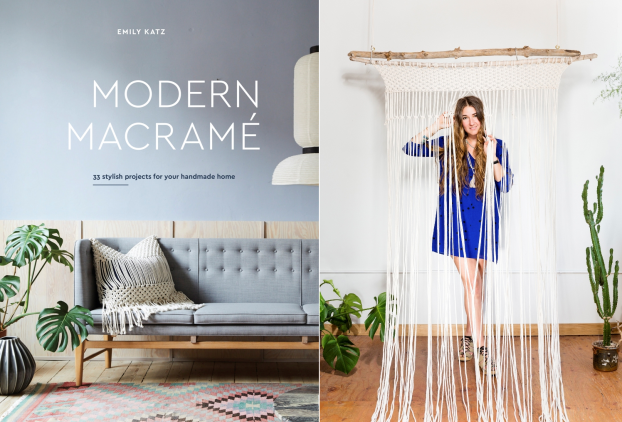
Today’s featured guest is Portland-based artist and community-builder Emily Katz — learn all about her new book, Modern Macramé. Author photo (c) Nicolle Clemetson
Before I share macramé maven Emily Katz’s story with you, I want to briefly share what’s happening in the Slow Flowers Cutting Garden!
If you follow me on Instagram, you might have noticed some recent stories about the prep work taking place for my soon-to-arrive greenhouse.
I’m really jazzed because adding the structure will complete the third area of our one-year old garden! I’m focusing on this season’s cutting garden planting plans, and that means annuals and dahlias.
To see what I’m doing, follow the link to my recent story, “Spring in the Cutting Garden,” where I begin to sketch out my plans.
I’m especially excited about the cutting garden planting plan that Longfield Gardens designed for my raised beds — Check it out — and be sure to follow links to order your flower seeds and dahlia tubers. You’ll find what annuals, dahlias and companions I’m planning to grow, too.
Now, let’s turn to Emily Katz of Modern Macramé. I first met Emily at Lisa Waud’s Detroit Flower Week in 2016, where she invited Emily to present and also design a beautiful macrame curtain during the conference.
Emily and I struck up a friendship in our hotel lobby while waiting for our ride one morning and realized we were both from the Pacific Northwest. I have been so impressed and fascinated by how she has revived the 1970s art of macramé — for many reasons, not the least of which it brings back memories of a job as a teenager making macramé straps and hangers for a hippy pottery studio in 1975. Tragically, for me, that was a few years before our friend Emily Katz was born! Oh well, age is a state of mind and in my mind, I’m not much older than that 15-year-old girl who once knew all the macramé knots.
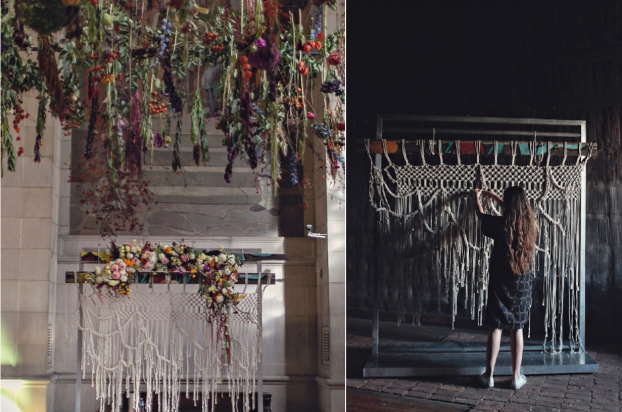
More of Heather Saunders’ beautiful images of Emily’s macramé-floral curtain from Detroit Flower Week (c) Heather Saunders.
Perhaps that’s partly why I was drawn to Emily, but her story is enough to draw in anyone. As an artist, Emily has worked on numerous fashion and interiors projects, including owning two women’s fashion lines, Bonnie Heart Clyde and her eponymous collection of sustainable clothing for women. She has studied fiber and printmaking in Florence, Italy; attended the Maryland Institute College of Art, with a focus on printmaking, and is currently traveling the world teaching macrame workshops, learning about energy healing, art directing and styling photo shoots, hosting dinners and events, collaborating on interior design projects and products, and dreaming up the next adventure.
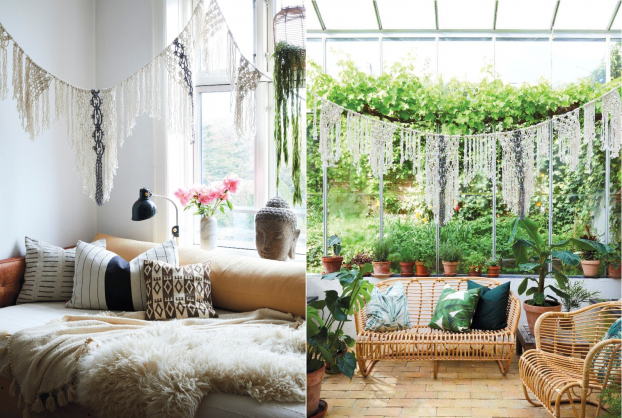
Amazing banners and hangings (and how to make them) are featured projects in Modern Macramé. Left and right — two installations of Emily’s Celebration Garland. (c) Nicole Franzen
You’ll want to check out her new book — Modern Macramé : 33 Stylish Projects for Your Handmade Home, which will be released on May 15th It’s the ultimate guide to creating and styling modern macramé projects in the home.
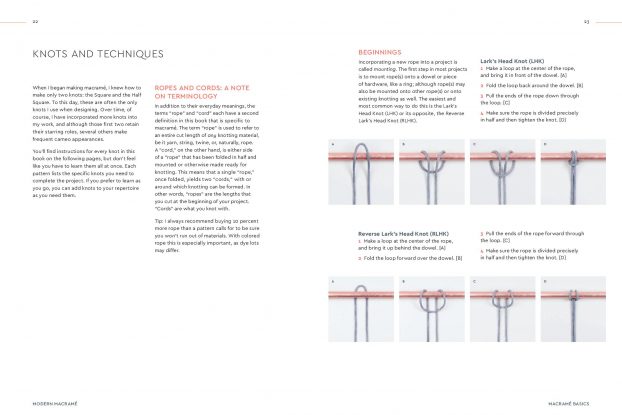
The book’s instructions are easy to follow and replicate — from basic to complex knotting techniques and more.
I know I said Macramé—the fine art of knotting— dates back in my memory to the 1970s, but in fact, it is an age-old craft that’s undergoing a contemporary renaissance. At the heart of this resurgence is Emily, a lifestyle icon and artist who teaches sold-out macramé workshops around the world and creates swoon-worthy aspirational interiors with her custom hand-knotted pieces.
The book Modern Macramé is a stylish, contemporary guide to the traditional art and craft of macramé, including 33 how-to projects, from driftwood wall art and bohemian light fixtures to macramé rugs and headboards. The projects are showcased in easy to follow, well-photographed project layouts, guiding both the novice and the more experienced crafter in a highly achievable way.
The images and projects I selected to share here are particularly applicable to floral installations – and you’ll love them and want to try your own hand at making or adapting Emily’s designs for your clients and projects. Modern Macramé is published by Ten Speed Press, a division of Penguin Random House, Inc. Text and tutorial photographs (c) 2018 by Emily Katz; Interior design photographs (c) 2018 byNicole Franzen
The audio you’ll hear in today’s episode is from a December workshop I attended when Emily came to Seattle right before the holidays. I recorded (with Emily’s permission) her personal story shared at the beginning of the evening, during which tells how macramé became so important in her life.
I was gathered with a dozen or so women and one man to learn how to make a small wall-hanging using natural jute and a number of knotting techniques. As I listened to Emily, I realized how effective she is at using art as a metaphor for life. She truly wants to inspire others to be better versions of themselves.
Emily views macramé as a communal act, one that can bring people together, and you’ll hear more about that in her remarks.
Emily’s brand of macramé employs a rhythmic, repetitive, ritual of wrapping and looping rope to create a textile piece.
For those of us in the floral industry, there is a beautiful connection between fresh flowers and woven rope. The organic common language is so relevant. That’s obviously what Lisa Waud saw in Emily’s artwork — enough to invite and include macramé in Detroit Flower Week.
Here’s how to find and learn from Emily — on her social places:
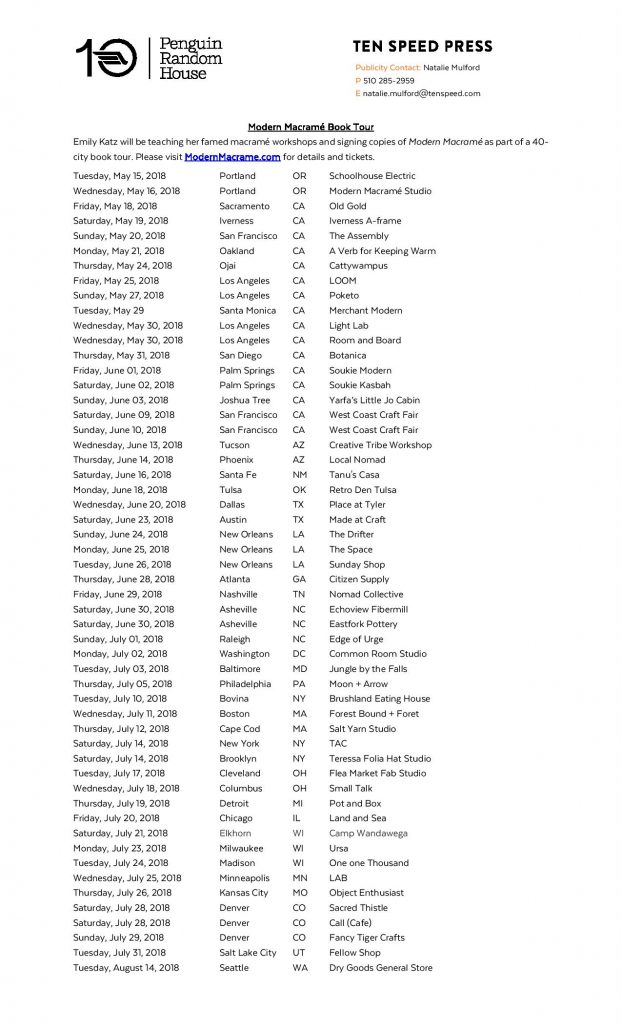 Find more details about Emily’s appearances here and follow along as she crisscrosses the country all summer long, sharing her passion and expertise for Macramé.
Find more details about Emily’s appearances here and follow along as she crisscrosses the country all summer long, sharing her passion and expertise for Macramé.
This is the final week to enter The Slow Flowers Luxury Package promotion, which ends on Sunday, April 22nd — Earth Day. If you register for the upcoming Slow Flowers Summit conference by that date, you’ll be entered into a random drawing to receive a $400 gift package — I can’t wait to see you there!
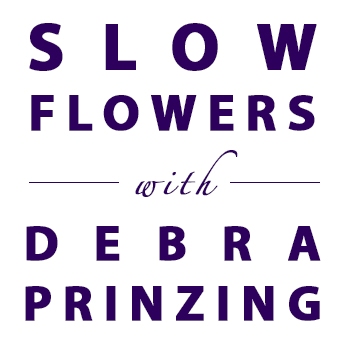 The Slow Flowers Podcast has been downloaded more than 306,000 times by listeners like you. Thank you for downloading, listening, commenting and sharing — it means so much.
The Slow Flowers Podcast has been downloaded more than 306,000 times by listeners like you. Thank you for downloading, listening, commenting and sharing — it means so much.
As the Slow Flowers Movement gains more supporters and more passionate participants who believe in the importance of the American cut flower industry, the momentum is contagious.
I know you feel it, too. I value your support and invite you to show your thanks and with a donation to support my ongoing advocacy, education and outreach activities.
You can find the donate button in the right column.
Thank you to our sponsors who have supported Slow Flowers and all of our programs including this podcast, American Flowers Week, the Slowflowers.com online directory to American grown flowers, as well as our new channels, Slow Flowers Journal and the 2018 Slow Flowers Summit.
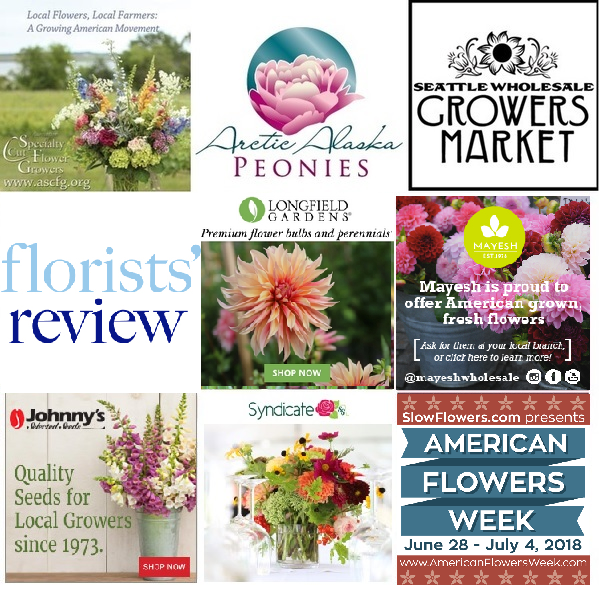 And thank you to our lead sponsor for 2018, Florists’ Review magazine. I’m delighted to serve as Contributing Editor for Slow Flowers Journal, found in the pages of Florists’ Review.
And thank you to our lead sponsor for 2018, Florists’ Review magazine. I’m delighted to serve as Contributing Editor for Slow Flowers Journal, found in the pages of Florists’ Review.
It’s the leading trade magazine in the floral industry and the only independent periodical for the retail, wholesale and supplier market. Click here to take advantage of the special subscription offer for members of the Slow Flowers Community.
Arctic Alaska Peonies, a cooperative of passionate family farms in the heart of Alaska providing bigger, better peony flowers during the months of July and August. Visit them today at arcticalaskapeonies.com.
Seattle Wholesale Growers Market, a farmer-owned cooperative committed to providing the very best the Pacific Northwest has to offer in cut flowers, foliage and plants. The Growers Market’s mission is to foster a vibrant marketplace that sustains local flower farms and provides top-quality products and service to the local floral industry. Find them at seattlewholesalegrowersmarket.com
Longfield Gardens provides home gardeners with high quality flower bulbs and perennials. Their online store offers plants for every region and every season, from tulips and daffodils to dahlias, caladiums and amaryllis. Visit them at longfield-gardens.com.
Syndicate Sales, an American manufacturer of vases and accessories for the professional florist. Look for the American Flag Icon to find Syndicate’s USA-made products and join the Syndicate Stars loyalty program at syndicatesales.com.
Johnny’s Selected Seeds, an employee-owned company that provides our industry the best flower, herb and vegetable seeds — supplied to farms large and small and even backyard cutting gardens like mine. Check them out at johnnysseeds.com.
Association of Specialty Cut Flower Growers. Formed in 1988, ASCFG was created to educate, unite, and support commercial cut flower growers. It mission is to help growers produce high-quality floral material, and to foster and promote the local availability of that product. Learn more at ascfg.org.
Mayesh Wholesale Florist. Family-owned since 1978, Mayesh is the premier wedding and event supplier in the U.S. and we’re thrilled to partner with Mayesh to promote local and domestic flowers, which they source from farms large and small around the U.S. Learn more at mayesh.com.
I’m Debra Prinzing, host and producer of the Slow Flowers Podcast. Next week, you’re invited to join me in putting more American grown flowers on the table, one vase at a time. And If you like what you hear, please consider logging onto Itunes and posting a listener review.
The content and opinions expressed here are either mine alone or those of my guests alone, independent of any podcast sponsor or other person, company or organization.
The Slow Flowers Podcast is engineered and edited by Andrew Brenlan. Learn more about his work at soundbodymovement.com.









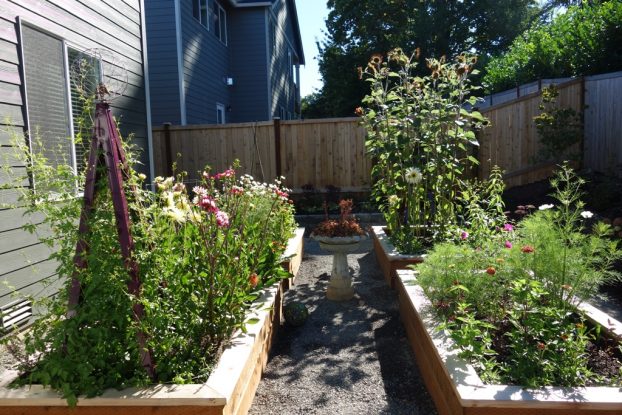
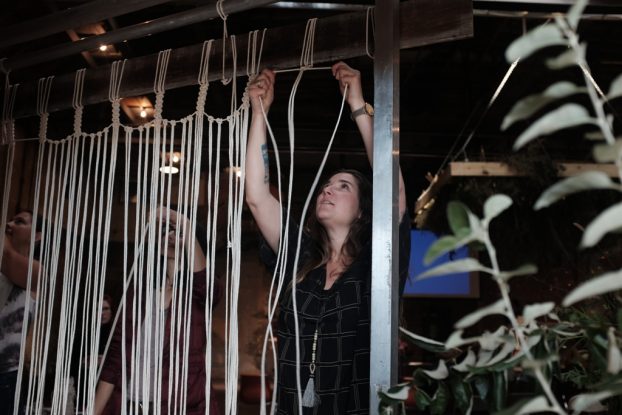
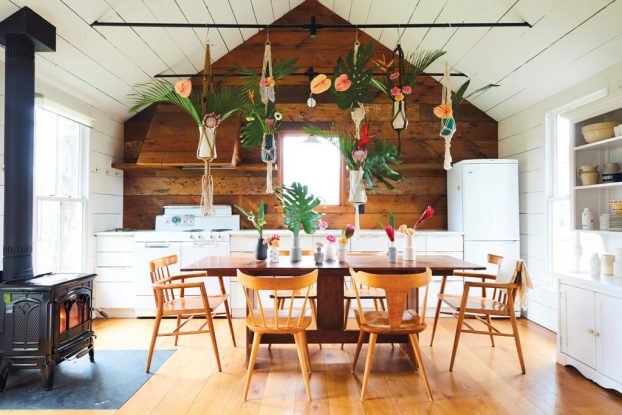
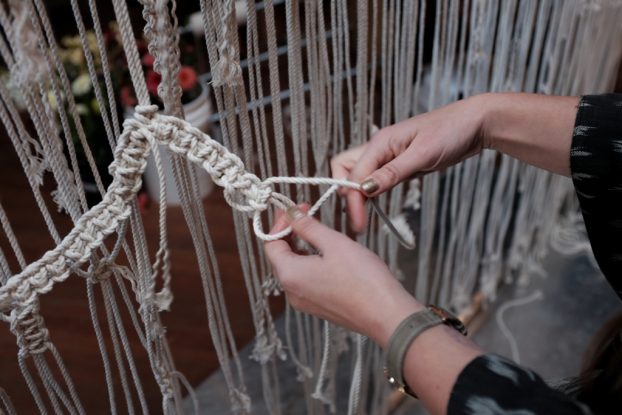

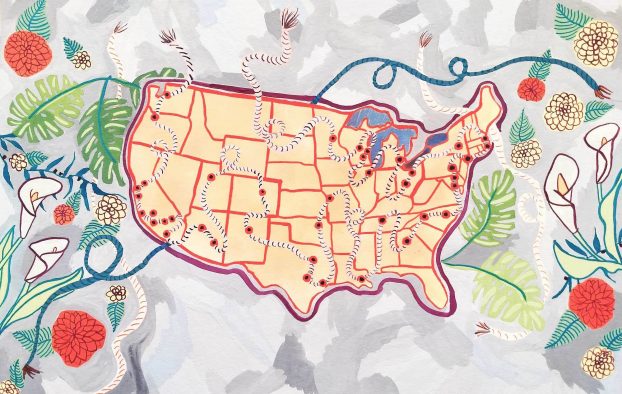
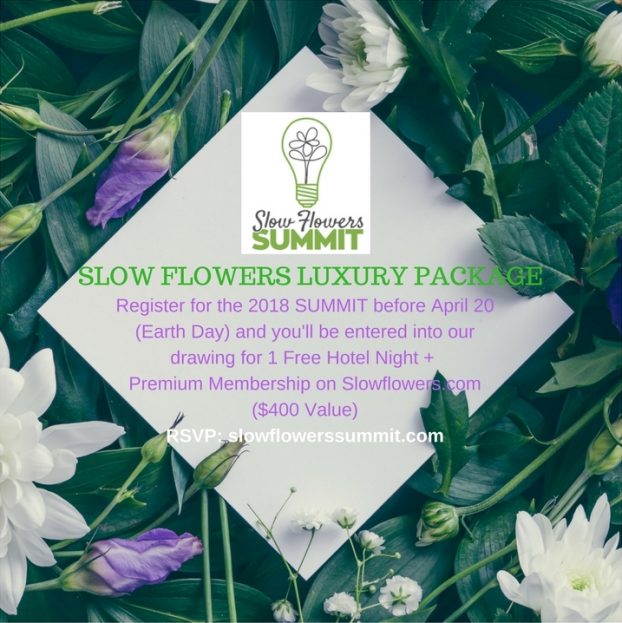
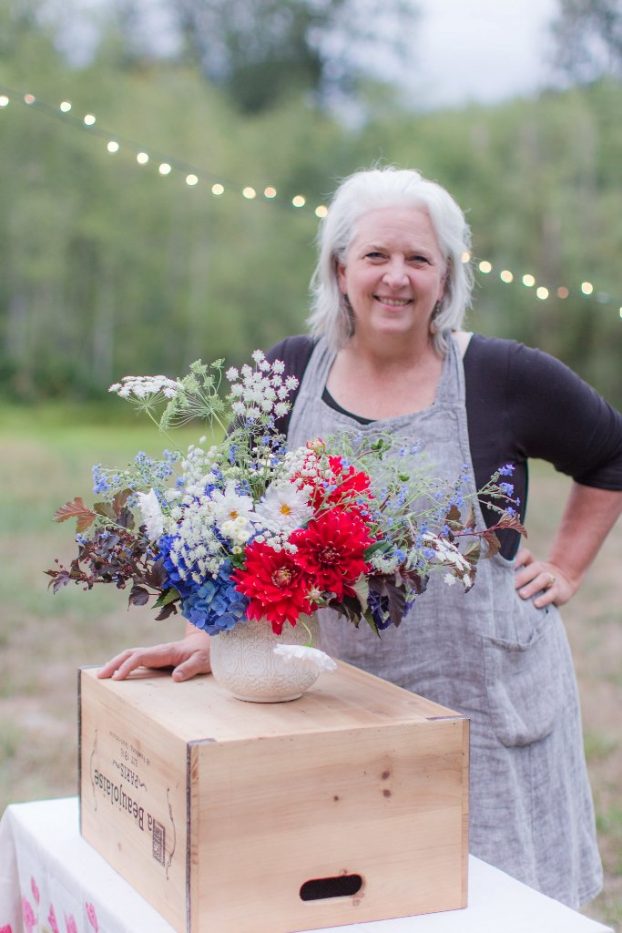
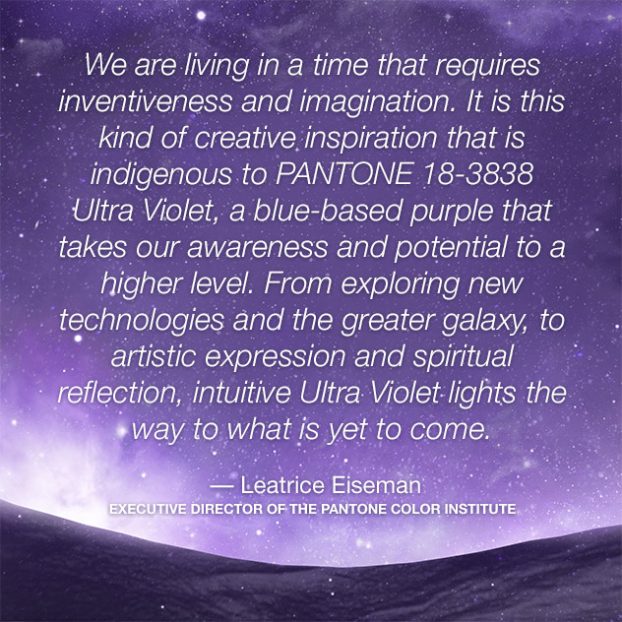


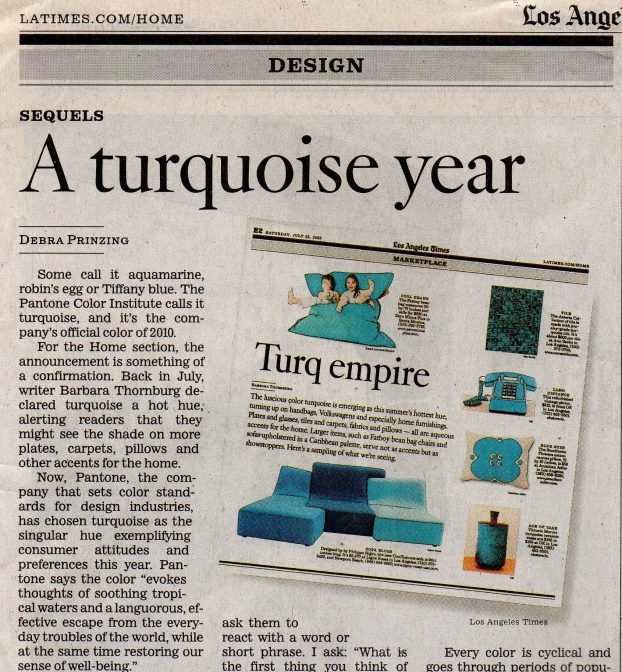
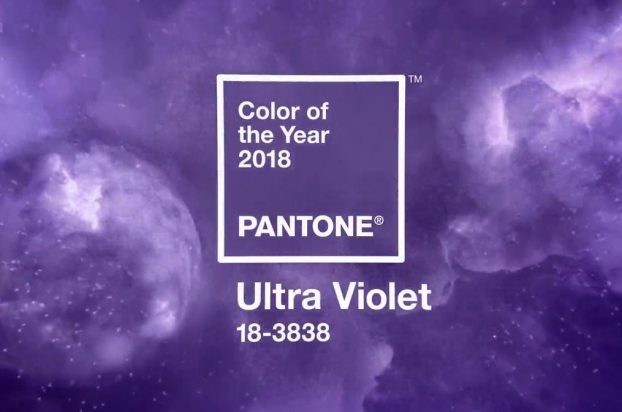
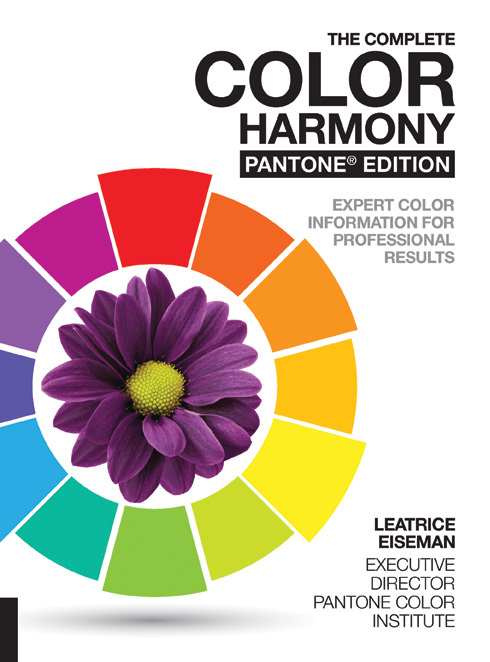

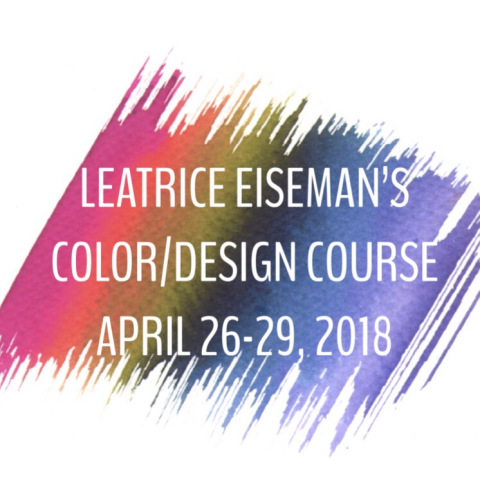 The Pantone Color Institute is a consulting service within Pantone that forecasts global color trends and advises companies on color in brand identity and product development, for the application and integration of color as a strategic asset. Recognized around the world as a leading source of color information through seasonal trend forecasts, custom color development, and palette recommendations for product and corporate identity, Pantone Color Institute partners with global brands to leverage the power, psychology and emotion of color in their design strategy.
The Pantone Color Institute is a consulting service within Pantone that forecasts global color trends and advises companies on color in brand identity and product development, for the application and integration of color as a strategic asset. Recognized around the world as a leading source of color information through seasonal trend forecasts, custom color development, and palette recommendations for product and corporate identity, Pantone Color Institute partners with global brands to leverage the power, psychology and emotion of color in their design strategy.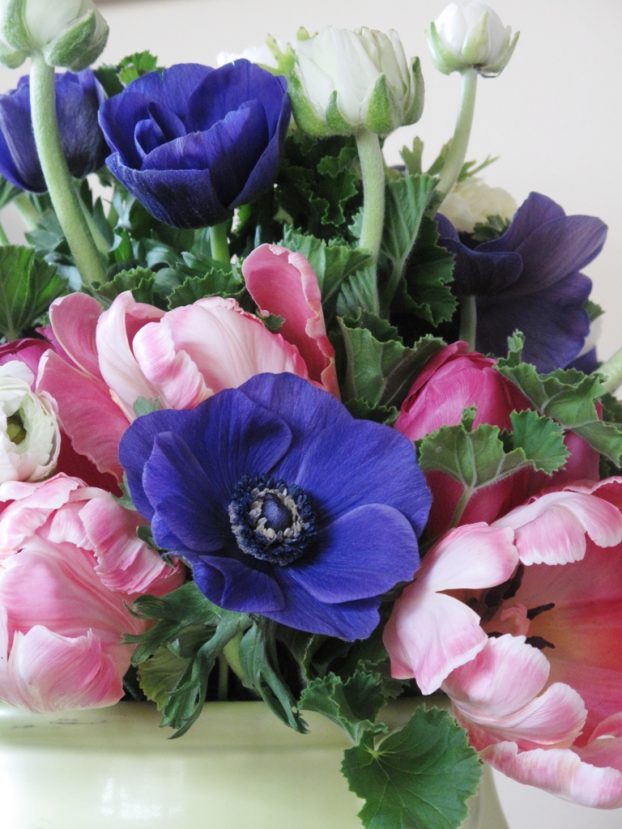
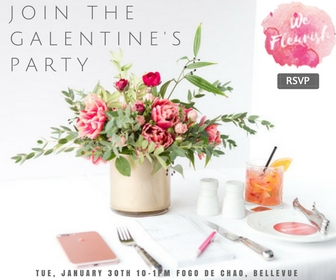

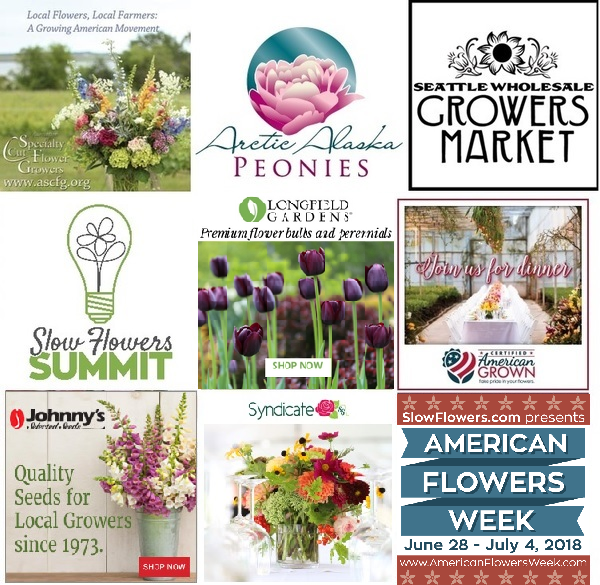

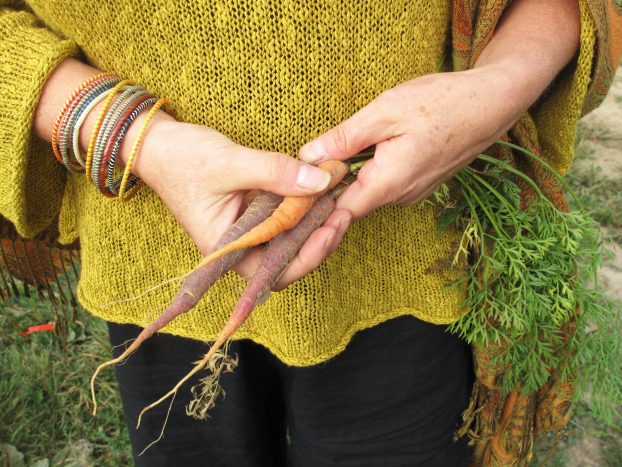
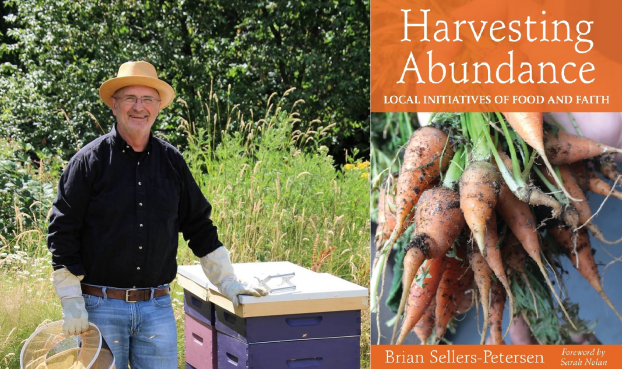
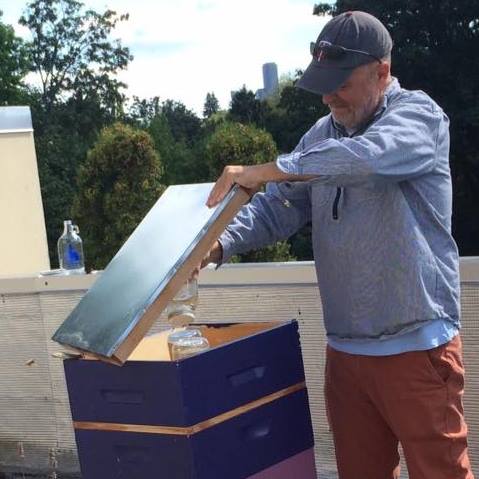

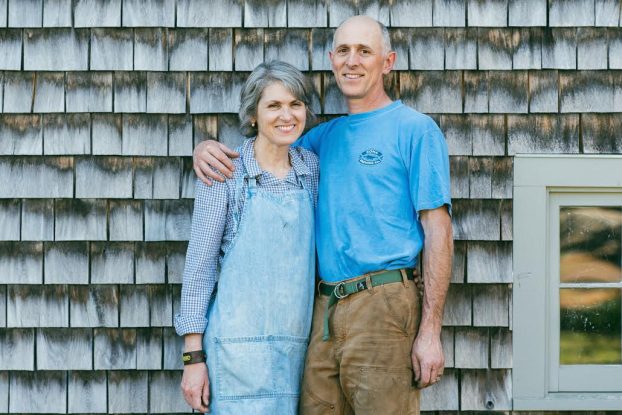
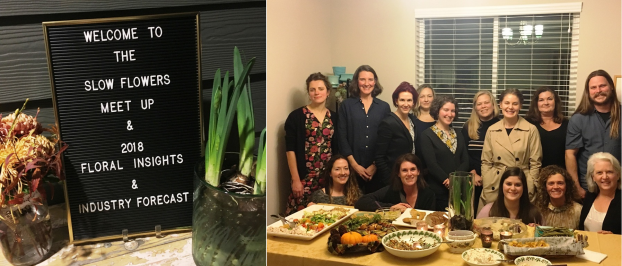
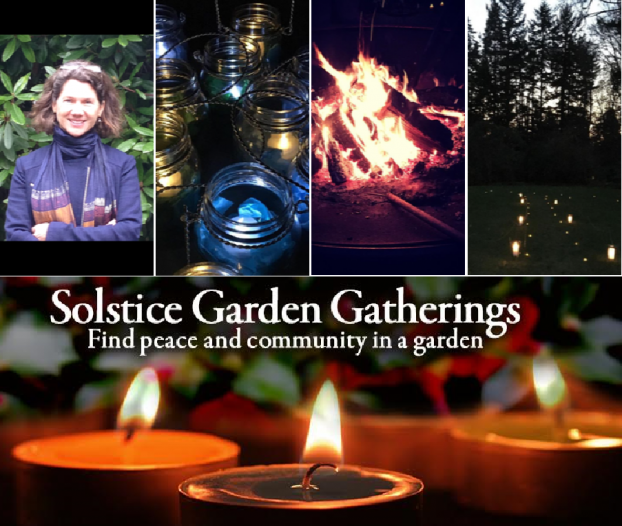
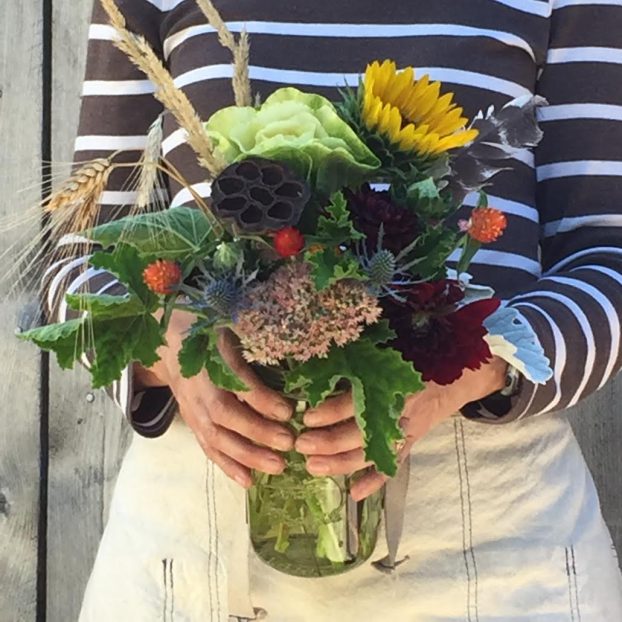
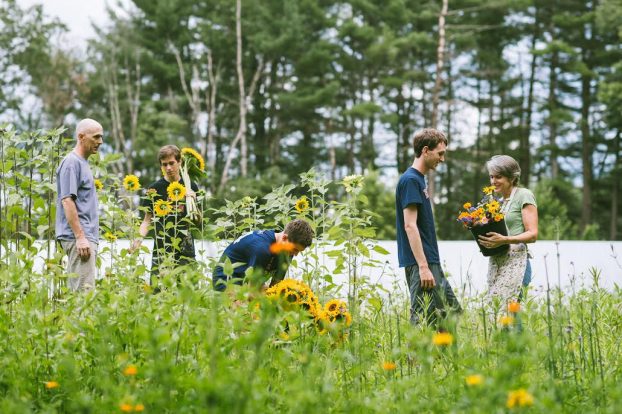

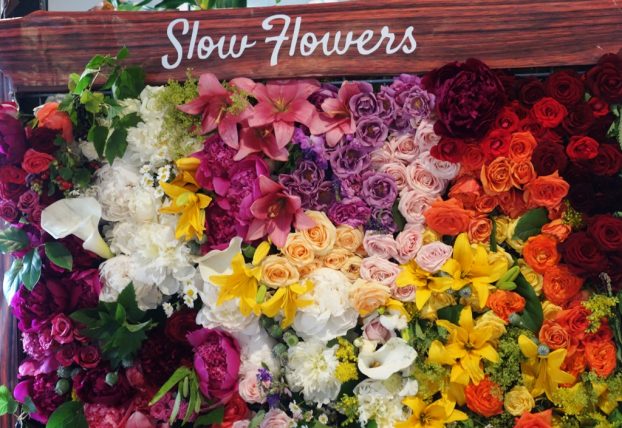
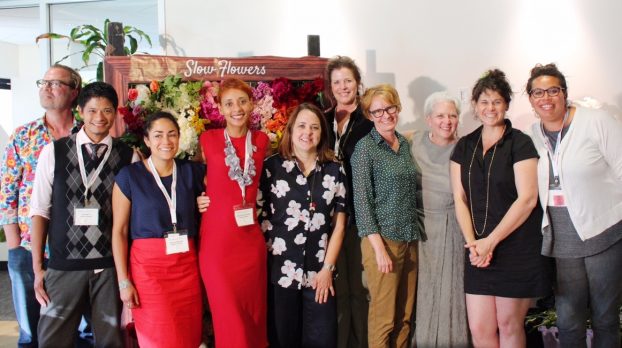
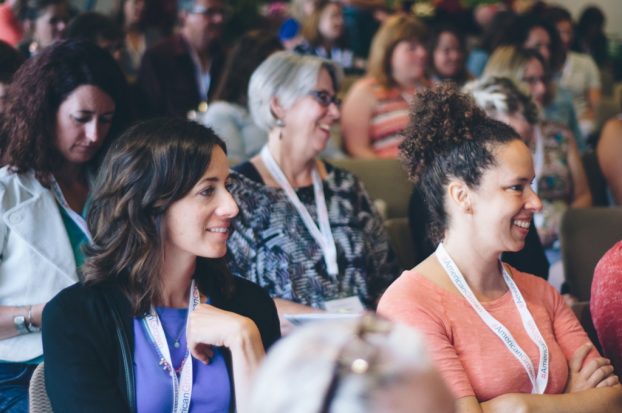
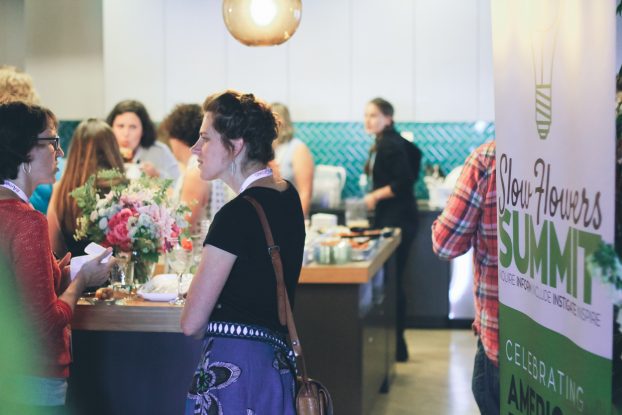
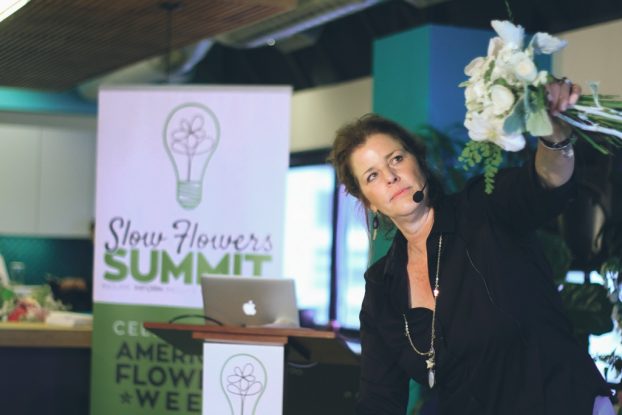
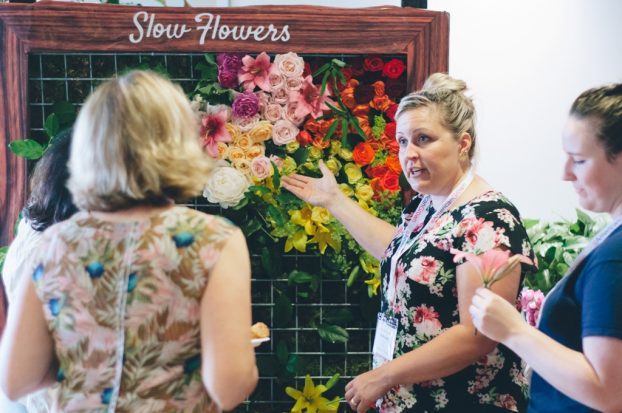
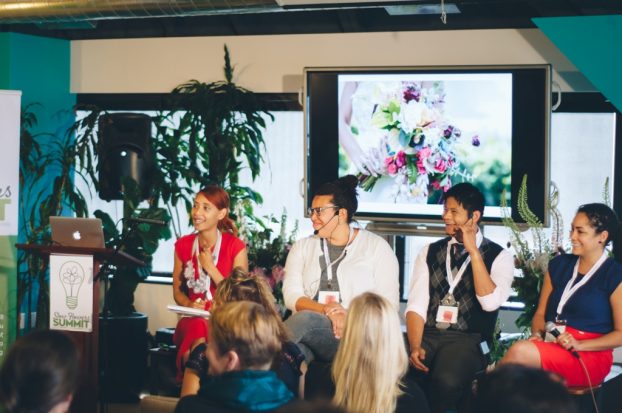
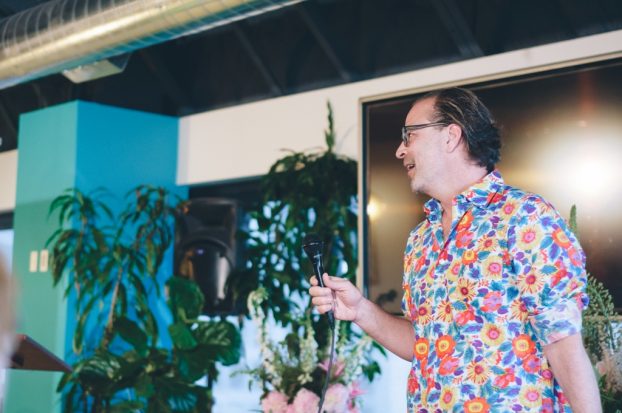
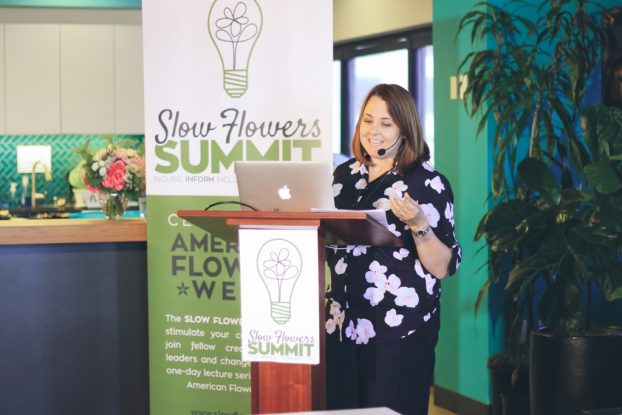
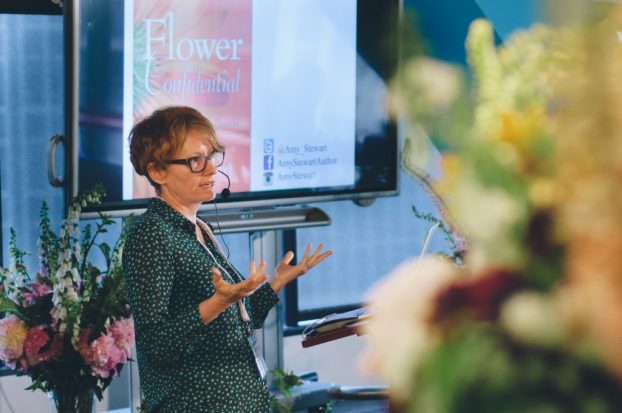
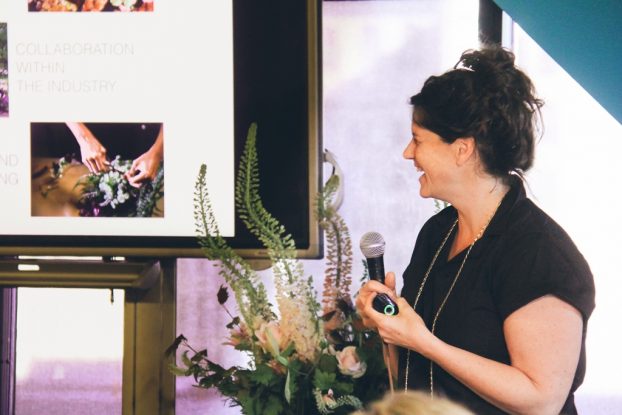
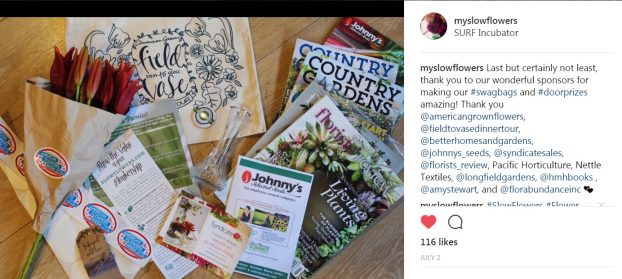
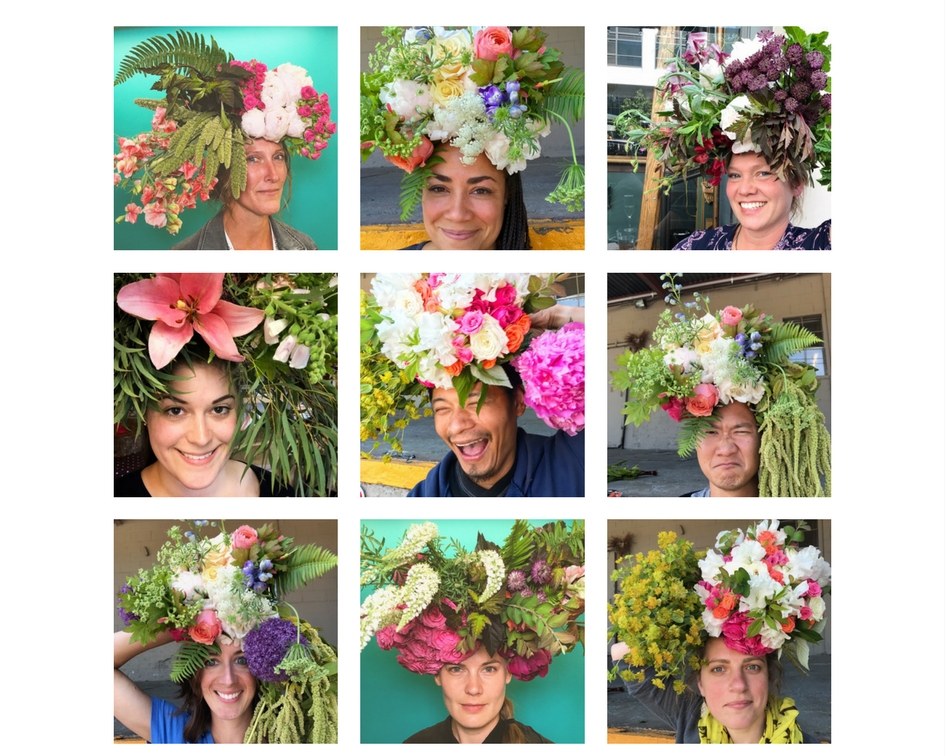
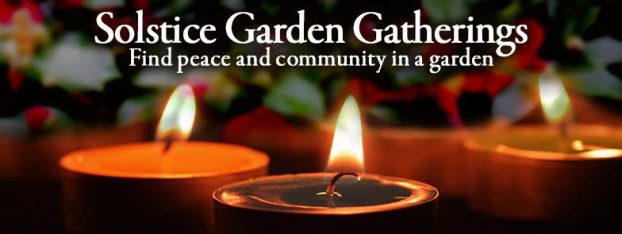
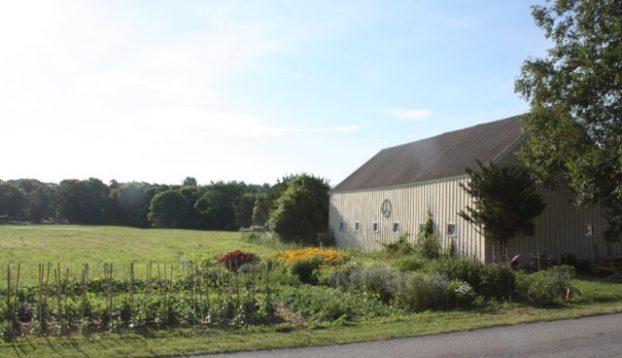
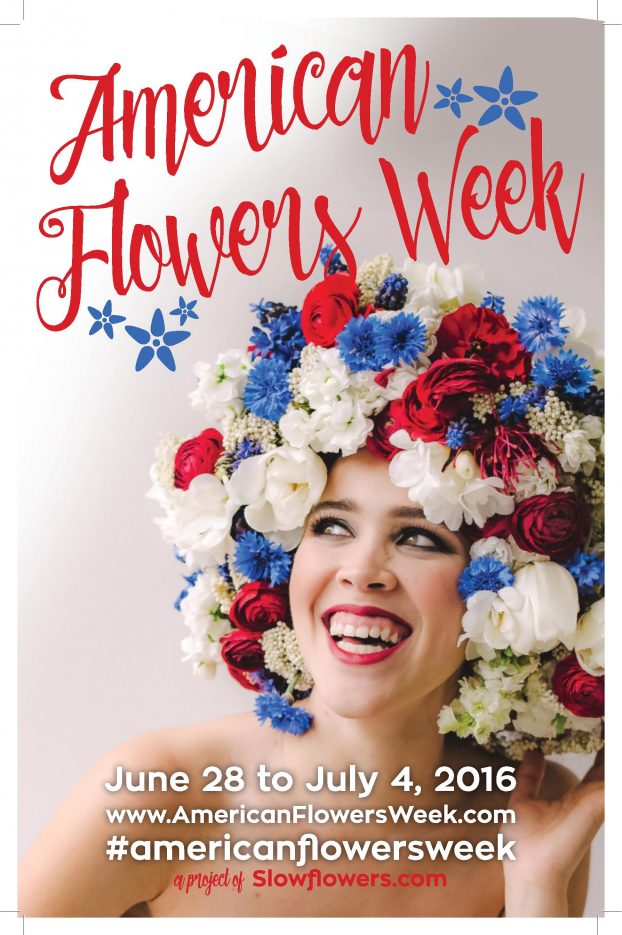
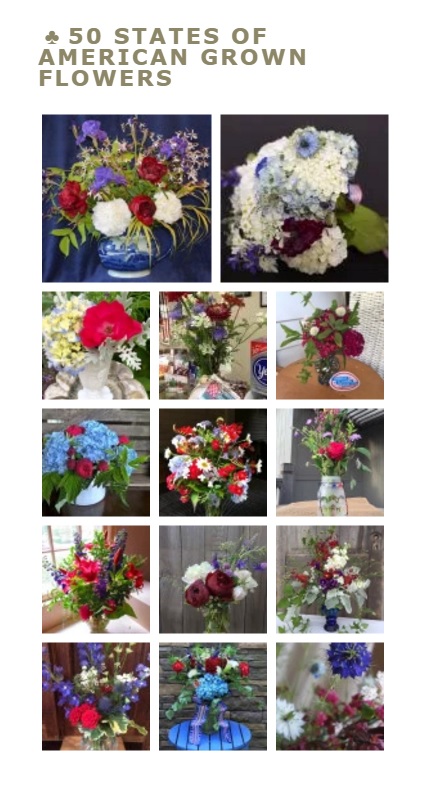
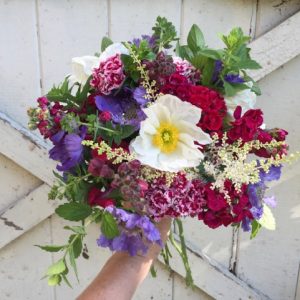

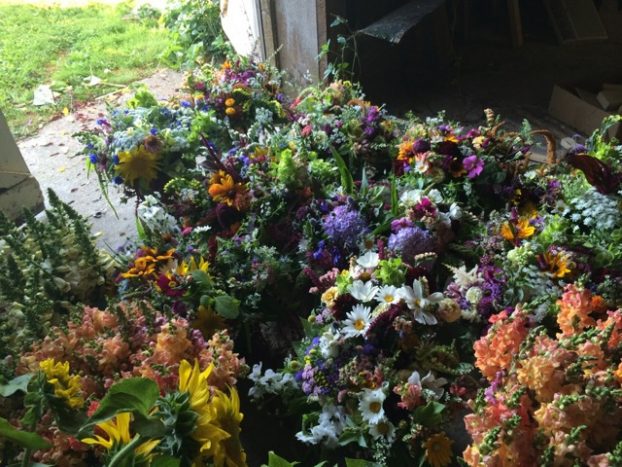
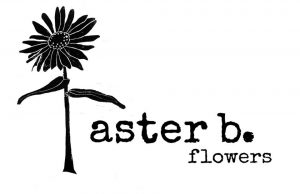
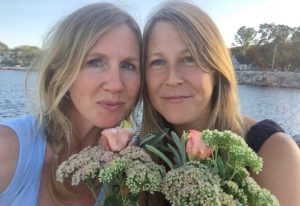
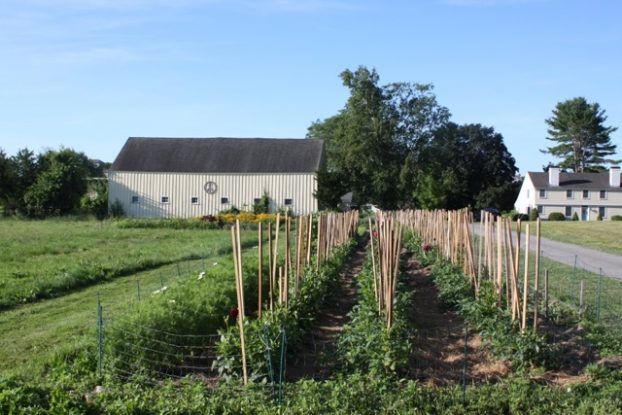
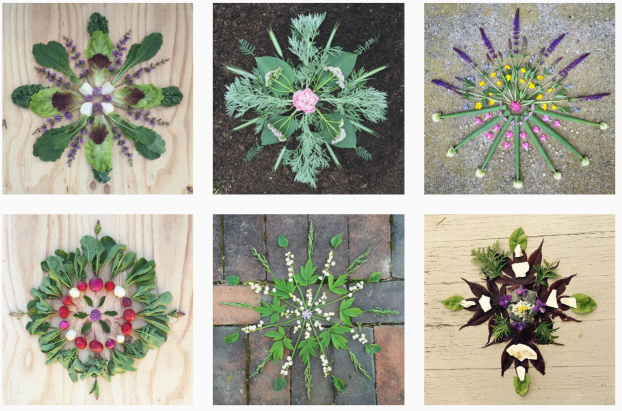
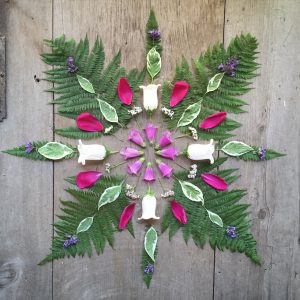
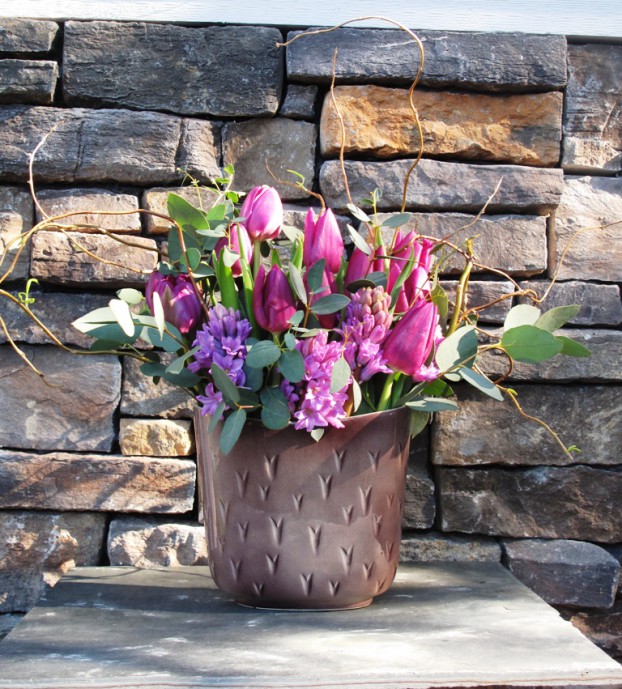
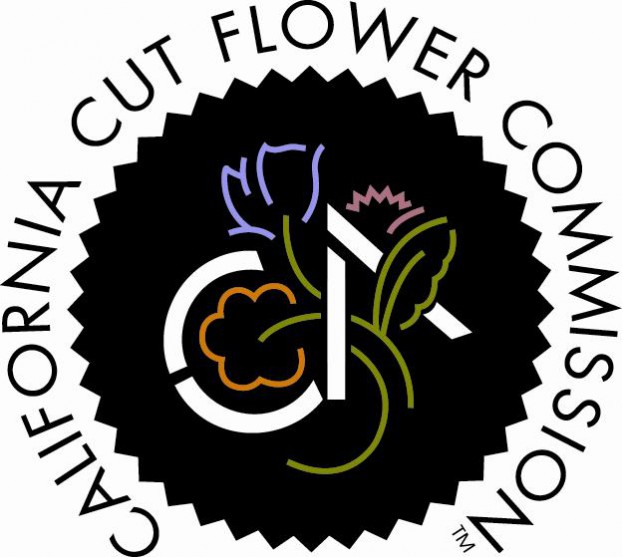
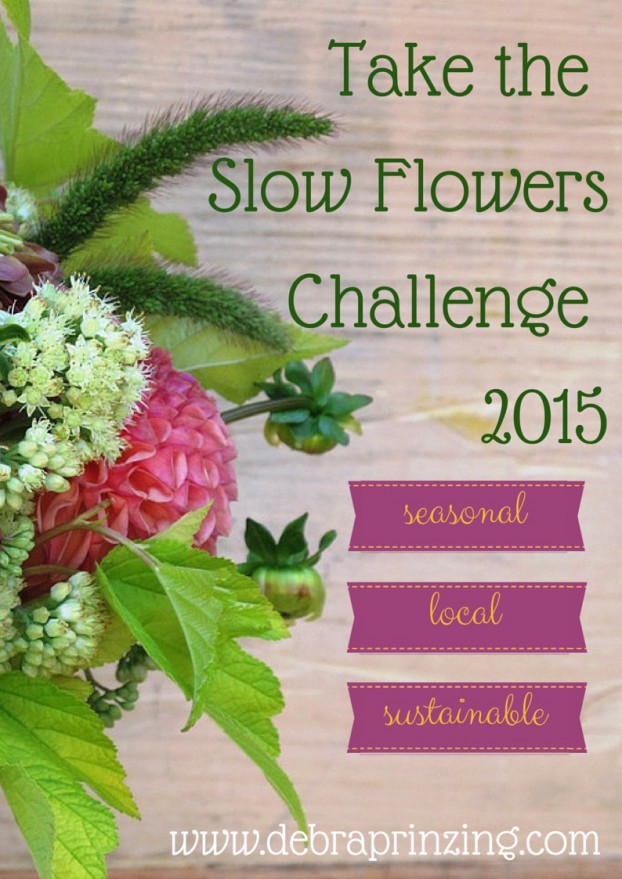
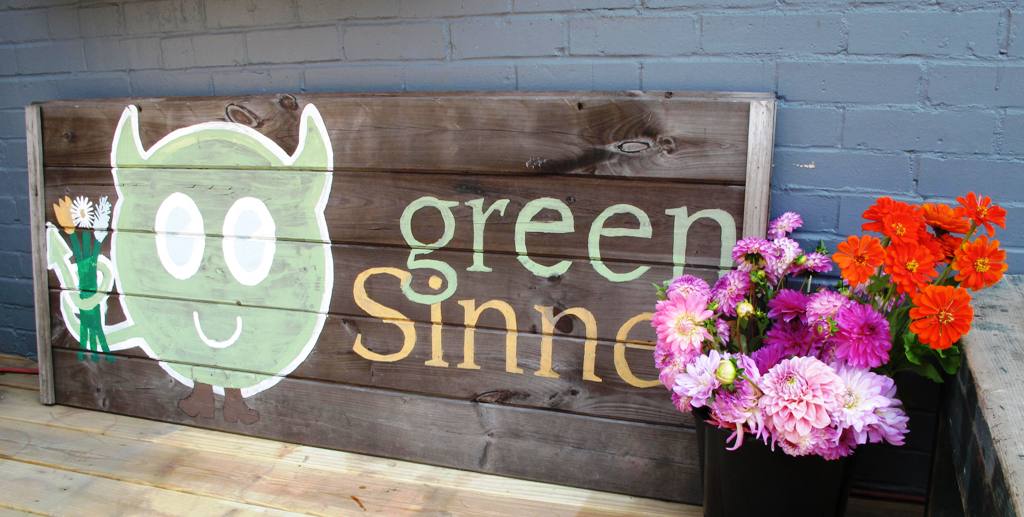
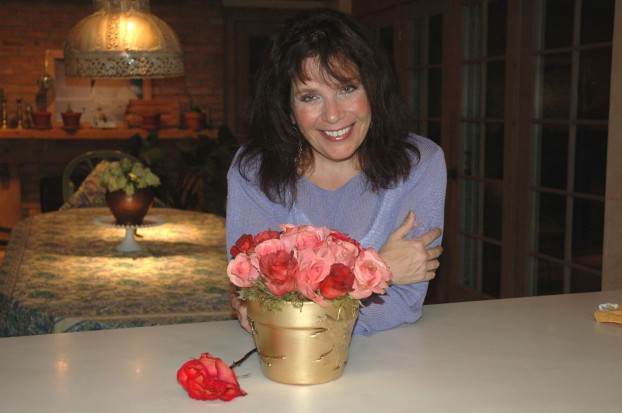
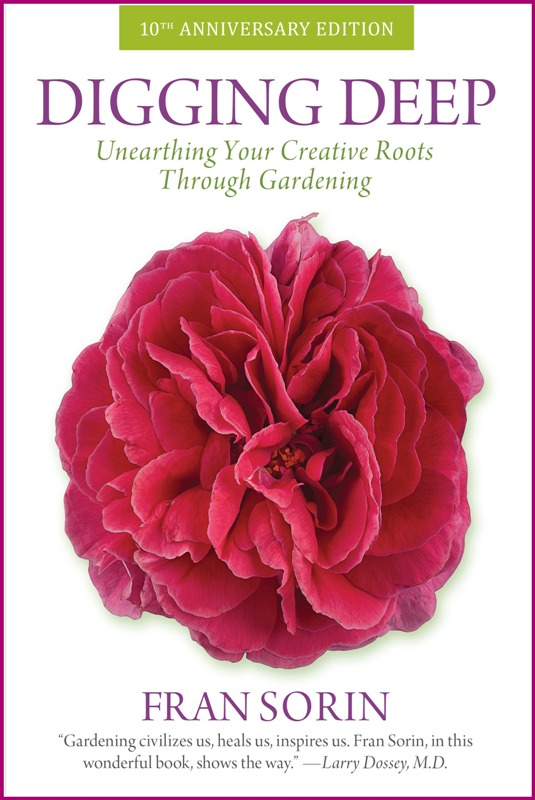


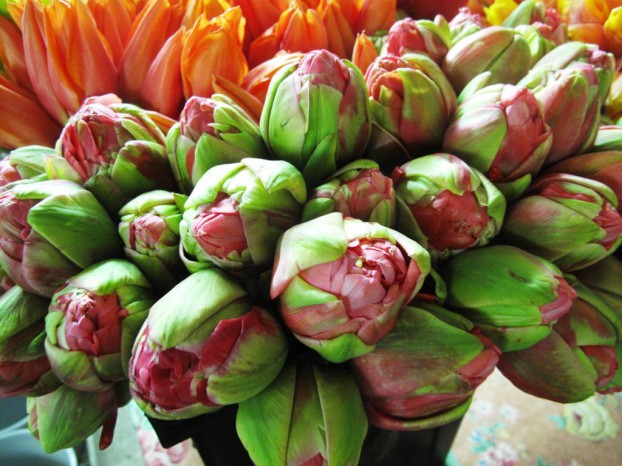
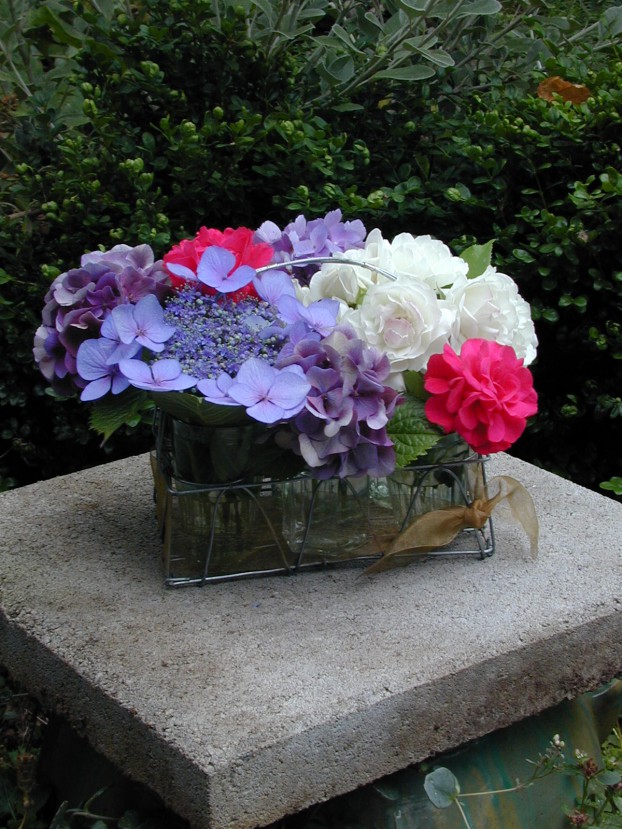
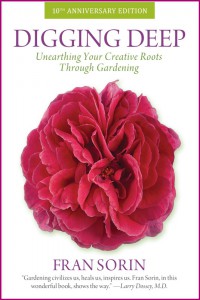
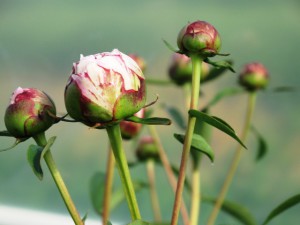
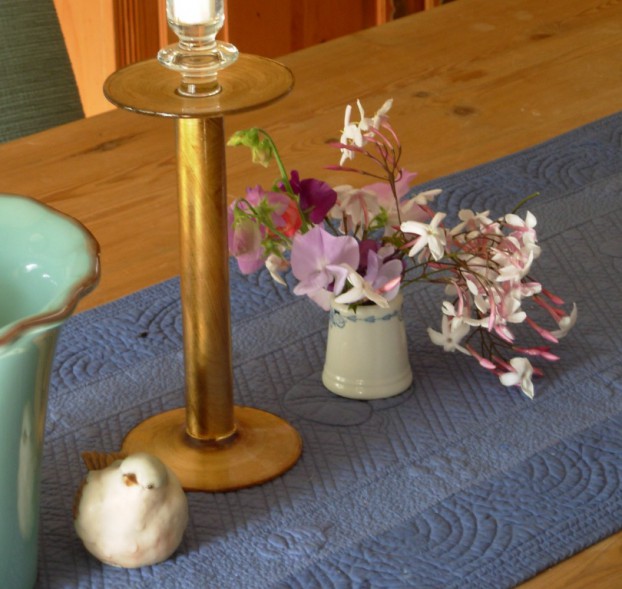
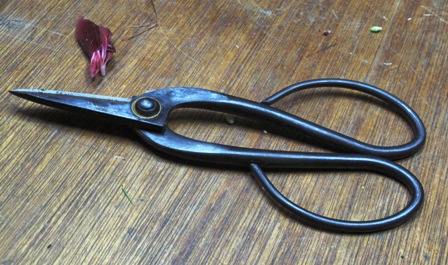
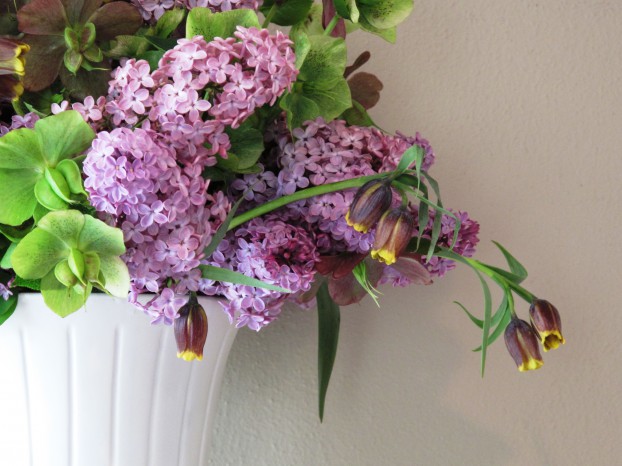
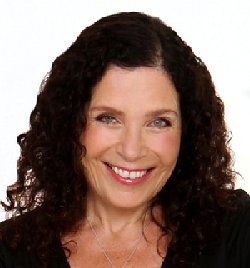
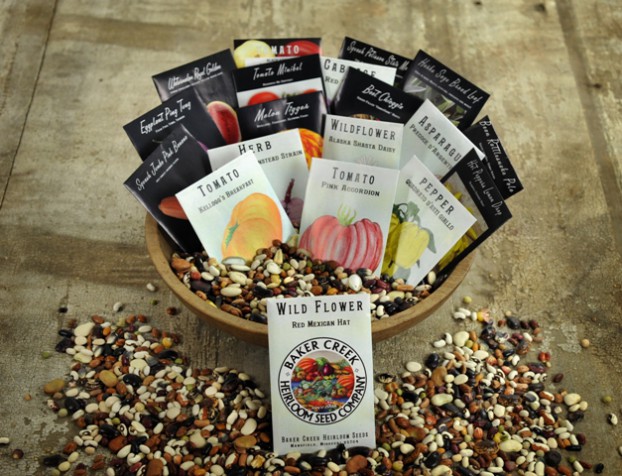
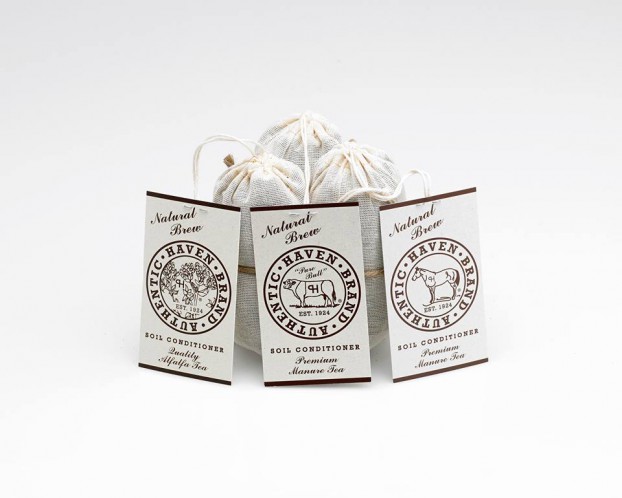
![FullSizeRender[1].jpg_-_Nature_Innovations_Photo_of_Container](https://www.slowflowerspodcast.com/wp-content/uploads/2014/12/FullSizeRender1.jpg_-_Nature_Innovations_Photo_of_Container-622x466.jpg)